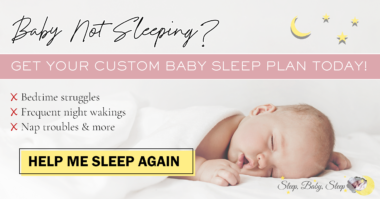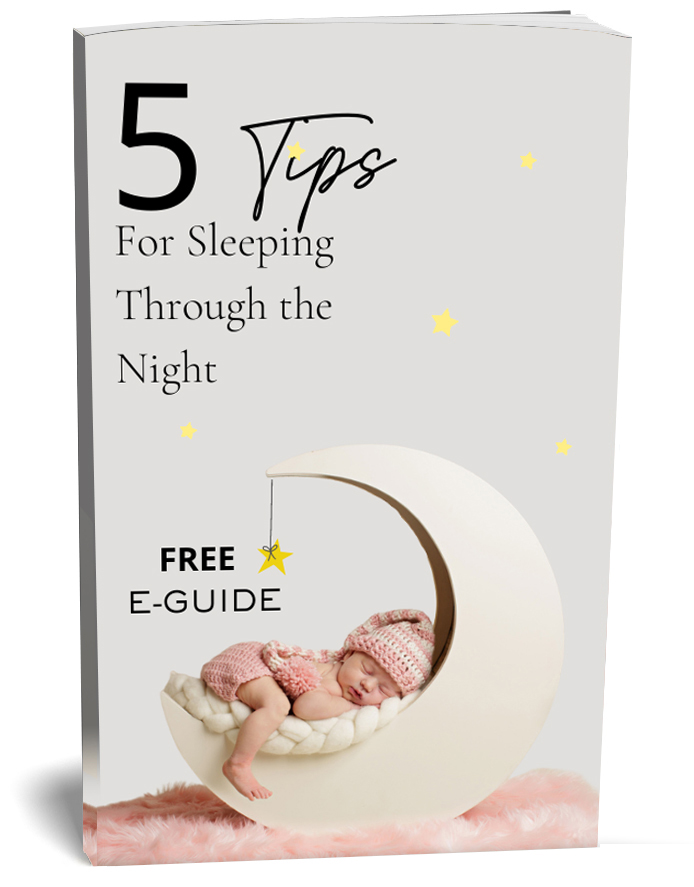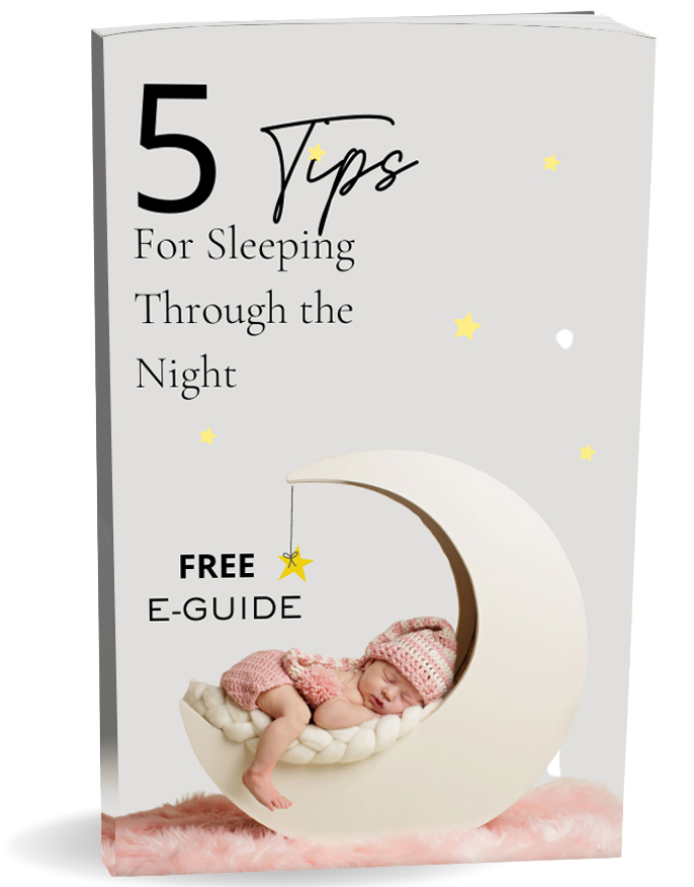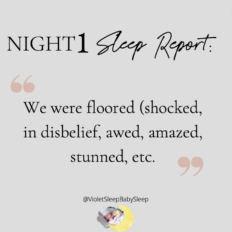Pros and Cons of Contact Naps
It seems like such an easy solution — at first. Your little one just won’t settle down for her nap, so you pick her up…and like a light switch, she’s out. So instead of disturbing her, you sit quietly and let her sleep against your body. She falls asleep, but next nap and the next, she insists on contact naps. What now?
The problem is exactly that: one contact nap becomes contact naps, plural, very quickly. A baby who isn’t a newborn (most newborns need to be held quite a bit, and that’s fine…and beautiful) will quickly demand contact naps all the time. You have a life, and things need to get done. Yet it’s so much easier to hold your baby while she’s napping so that she doesn’t cry for you.
What’s the right answer here? Let’s talk about that right now.
In This Article
- What Is a Contact Nap?
- Contact Naps: The Pros and Cons
- Warning! NEVER Do This…
- How to Get Your Baby to Sleep on Her Own
What is a Contact Nap?
Most parents prefer that their baby sleep on their own (and for good reason!). But some resort to contact naps if their baby just won’t fall asleep in the crib or pack-and-play.
A contact nap means you are holding your baby while she sleeps. This includes holding your baby against your chest, across your thighs/in your lap, or lying down next to your baby. (WARNING! See below for why you should NEVER sleep with your baby.)
Is Contact Napping the Same as Co-Sleeping?
Contact napping and co-sleeping are usually two different things.
Co-sleeping means lying next to your baby while both of you sleep. With a contact nap, you and your baby are skin-to-skin or touching while clothed, but you may be wearing your baby in a wrap or sitting up getting work done on your computer while your baby sleeps.
Warning? NEVER Do This…
Which brings us to a warning. I really hate to do this, because as a professional who works with a huge variety of parents, I realize every family is different. But in my research I have found that co-sleeping — falling asleep with your baby — is statistically more dangerous than your baby sleeping on their own.
There are ways to make co-sleeping safer, but please know that these always involve not lying with your baby on the same bed. (An example is a co-sleeping bed attached to your bed.) If you choose to co-sleep, consult an expert for safer practices first.
But many parents co-nap with their babies on the same bed, and the fact is that this practice is related to a higher rate of infant suffocation. In a study in the American Journal of Public Health examined over 3,000 cases of sudden unexpected infant deaths. The study concluded that in 70% of cases, infants were sleeping on a sleeping surface not recommended for infants, and in 64% of cases, they were sharing a sleeping surface with someone else.
I know you’re a careful parent. How do I know? Because you’re reading an article on how to care for your baby. That means you’re going the extra mile. So you may think you would never roll over on your baby or cover the area in front of their nose. But it can happen. So why be sorry? Be safe instead.
With that out of the way, here are pros and cons of co-napping while you are awake and holding your baby.
Contact Naps: The Pros and Cons
Safe contact napping (see above) has its pros and cons. Here is what to consider.
The Pros
- Your baby will fall asleep faster when physically connected with you.
- You do not need a monitor; Baby is right there!
- You don’t have to sleep train your baby. Just pick her up.
The Cons
- Your baby will quickly decide to never nap alone, so you will be restricted.
- You will need to plan at least twice a day to be quiet and hold your baby for a few hours.
- Your baby will miss out on an important milestone: soothing herself to sleep.
How to Get Your Baby to Sleep on Her Own
My recommendation will always be to teach your baby to fall asleep on their own.
Why? Because it’s better for you and for Baby.
The longer you put off sleep training your little one, the harder it will be to teach them. Your baby is happiest right next to you. That’s natural, and it means a beautiful bond between the two of you. But independence is an important skill, and one of the first independent things babies do is to learn to self-soothe to sleep.
Try these quick tips:
- Maintain a regular nap schedule so your baby’s circadian rhythm knows when it is naptime.
- Put your baby down to nap when they are sleepy but not fully asleep.
- Soothe your baby gently without picking them up if they fuss at naptime.
- Try blackout curtains or a pediatrician-approved white noise machine to help Baby to relax.
Is Independent Naptime a Chore?
Rest Easy…Help is Here.
If you are still struggling and your baby is unable to fall asleep without a contact nap then it might be time to dig a little deeper. In my one on one services, you’ll get a full assessment of your child’s sleep troubles, with a customized sleep plan with immediate actions you can take today. I’ll also be there to help you through it until your baby is sleeping better. As a Registered Nurse and baby sleep consultant for over 10 years, the methods I chose will be gentle, yet effective and on average work in 3-4 days.
Check Out My Services Here!






















